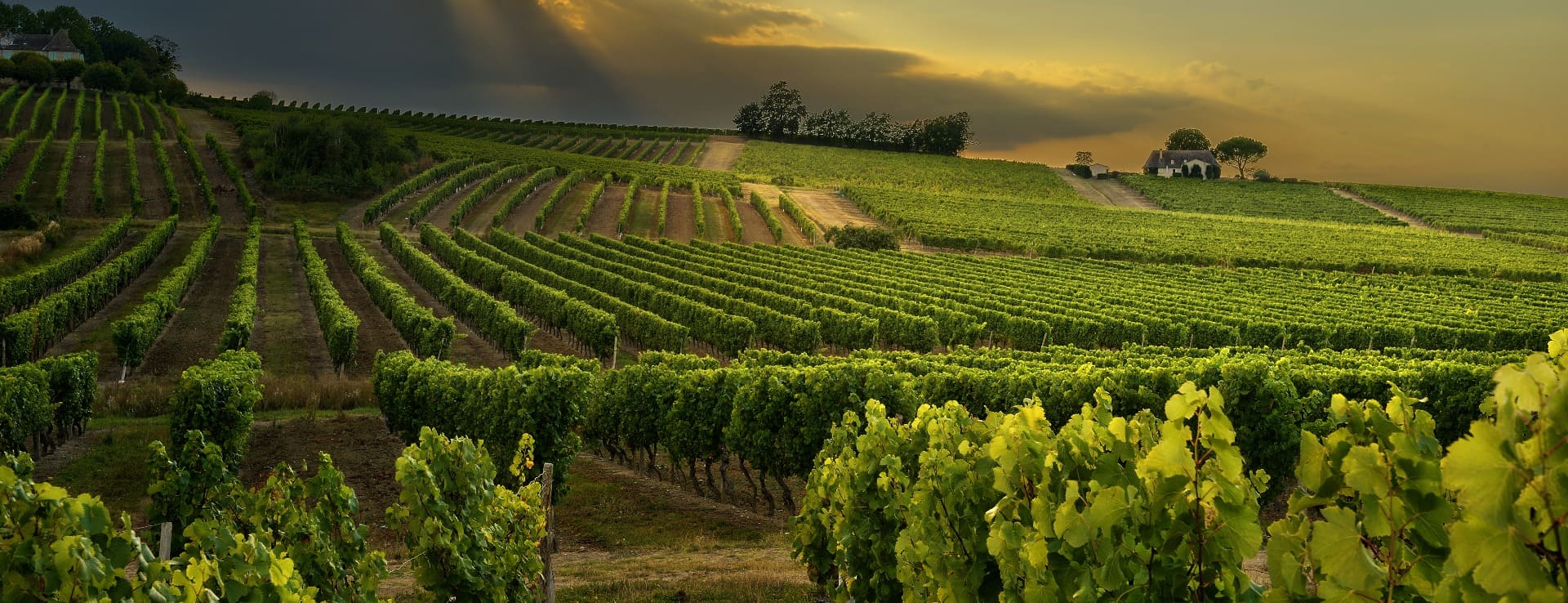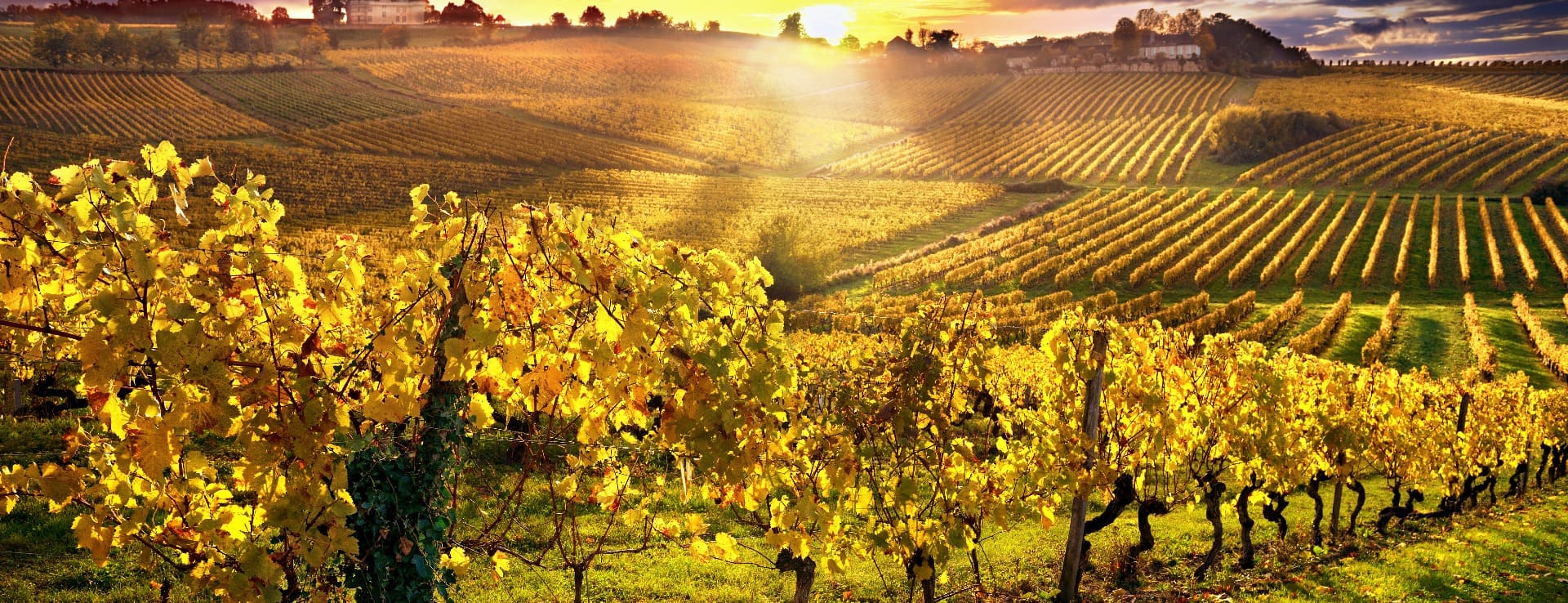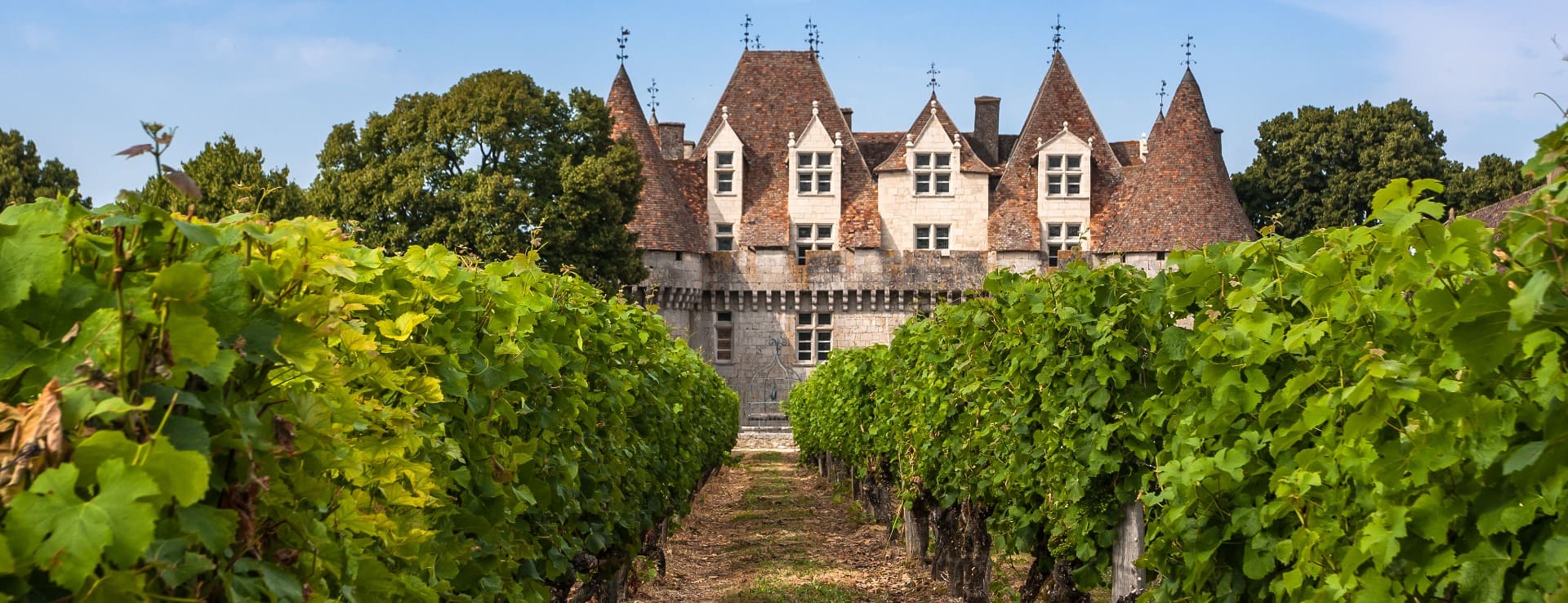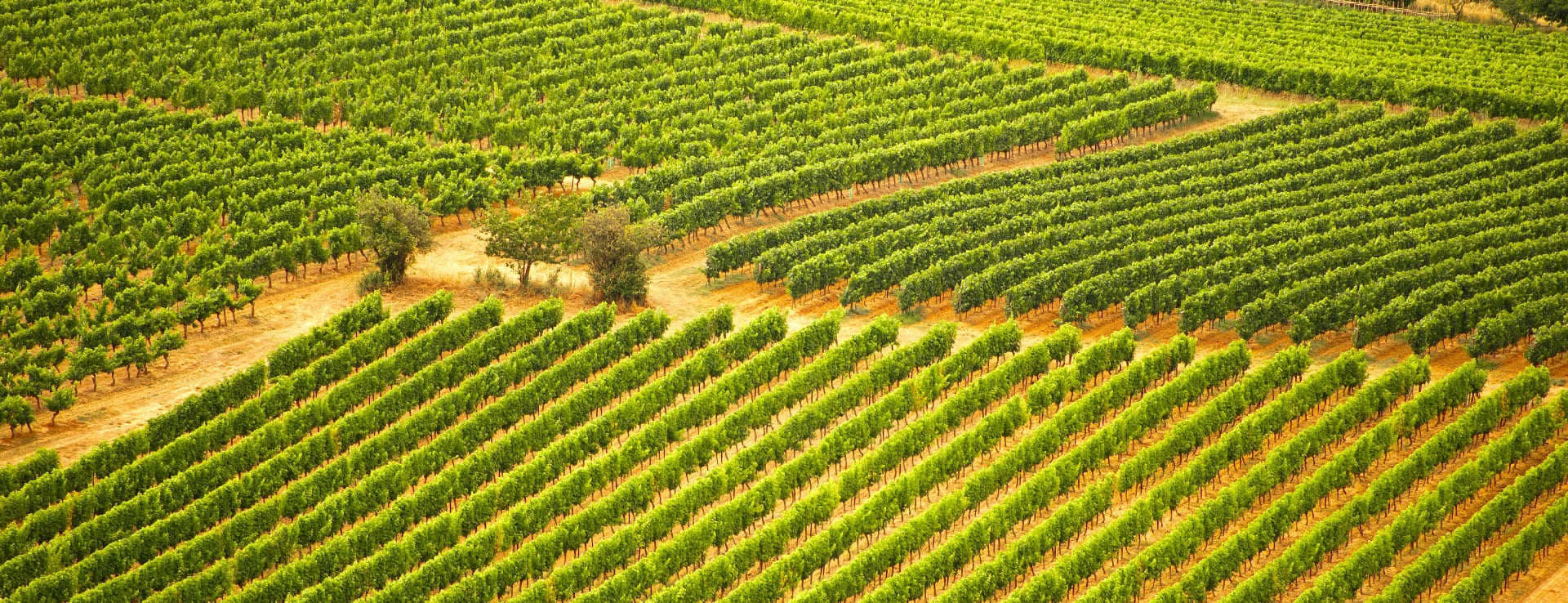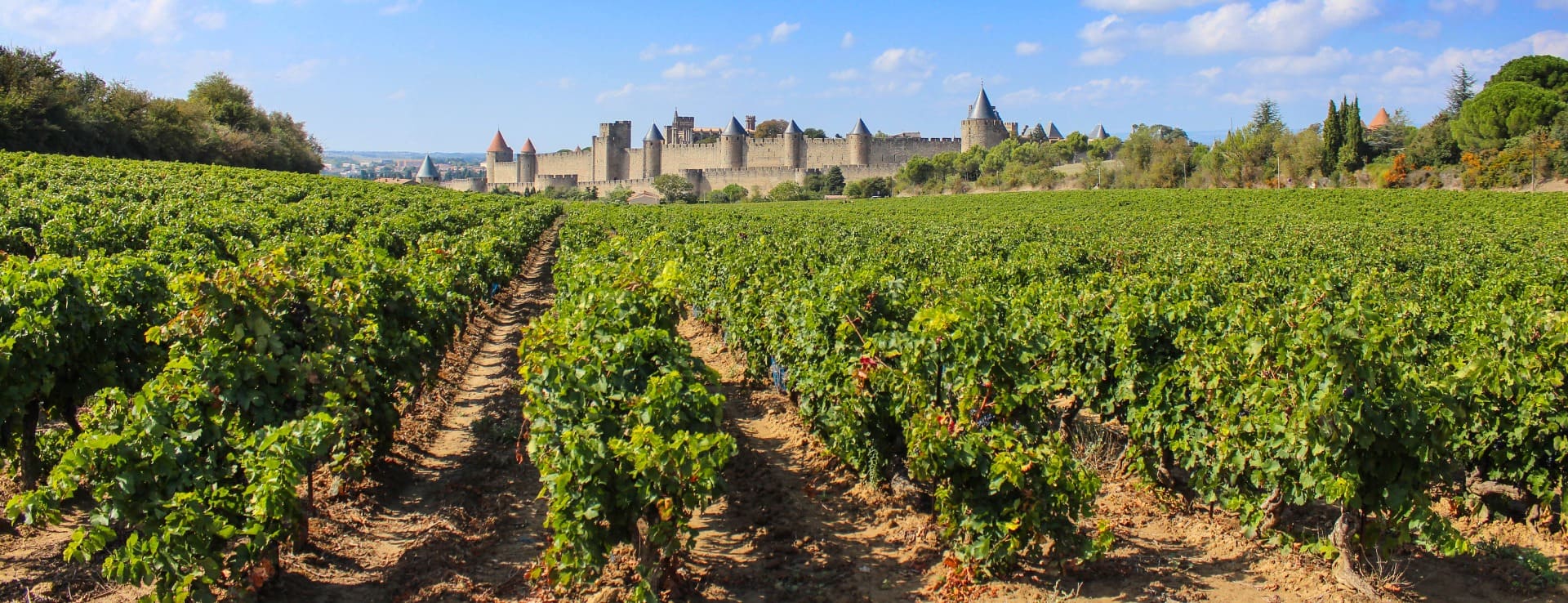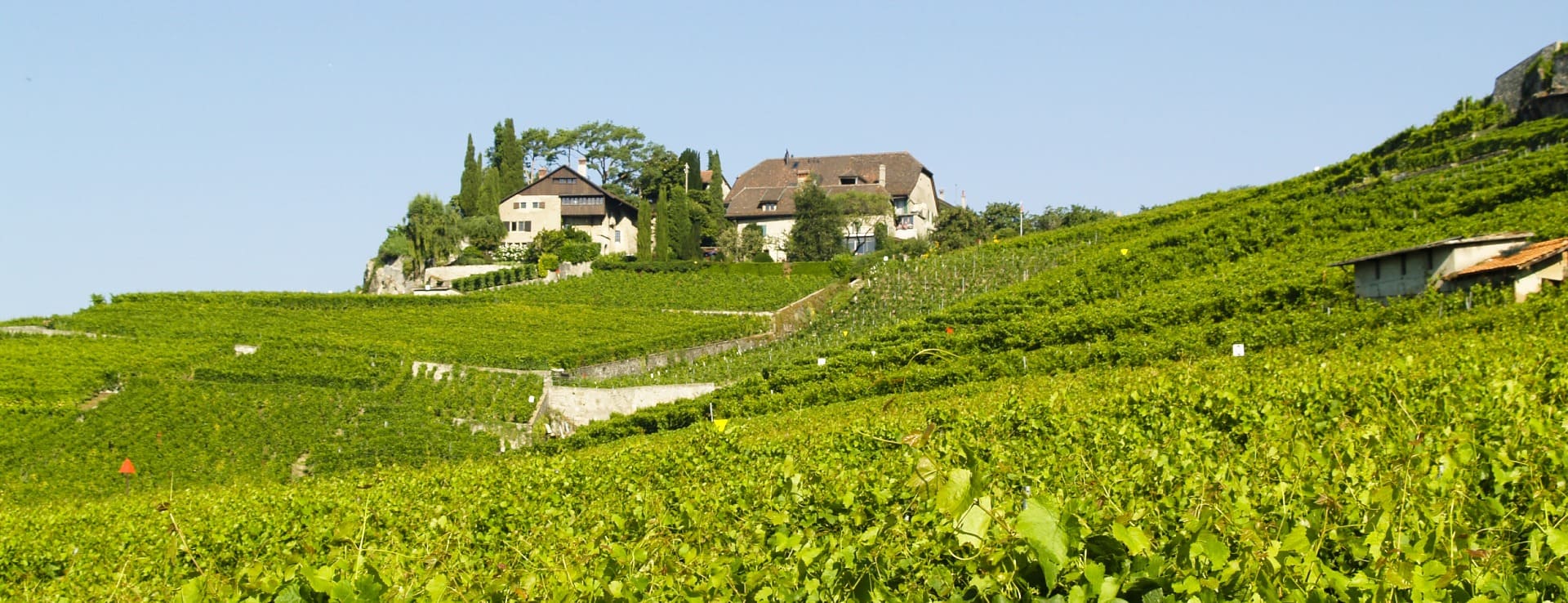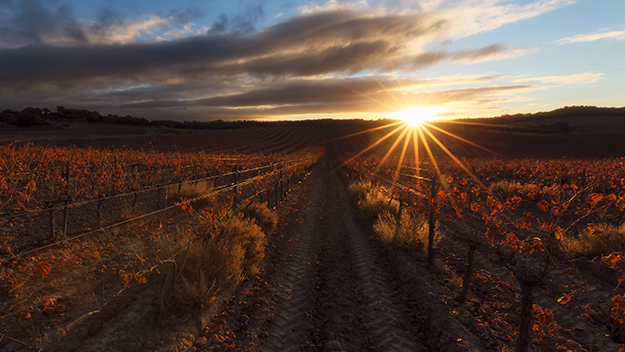Find your winery or vineyard
Infographic of the Denomination of Origin
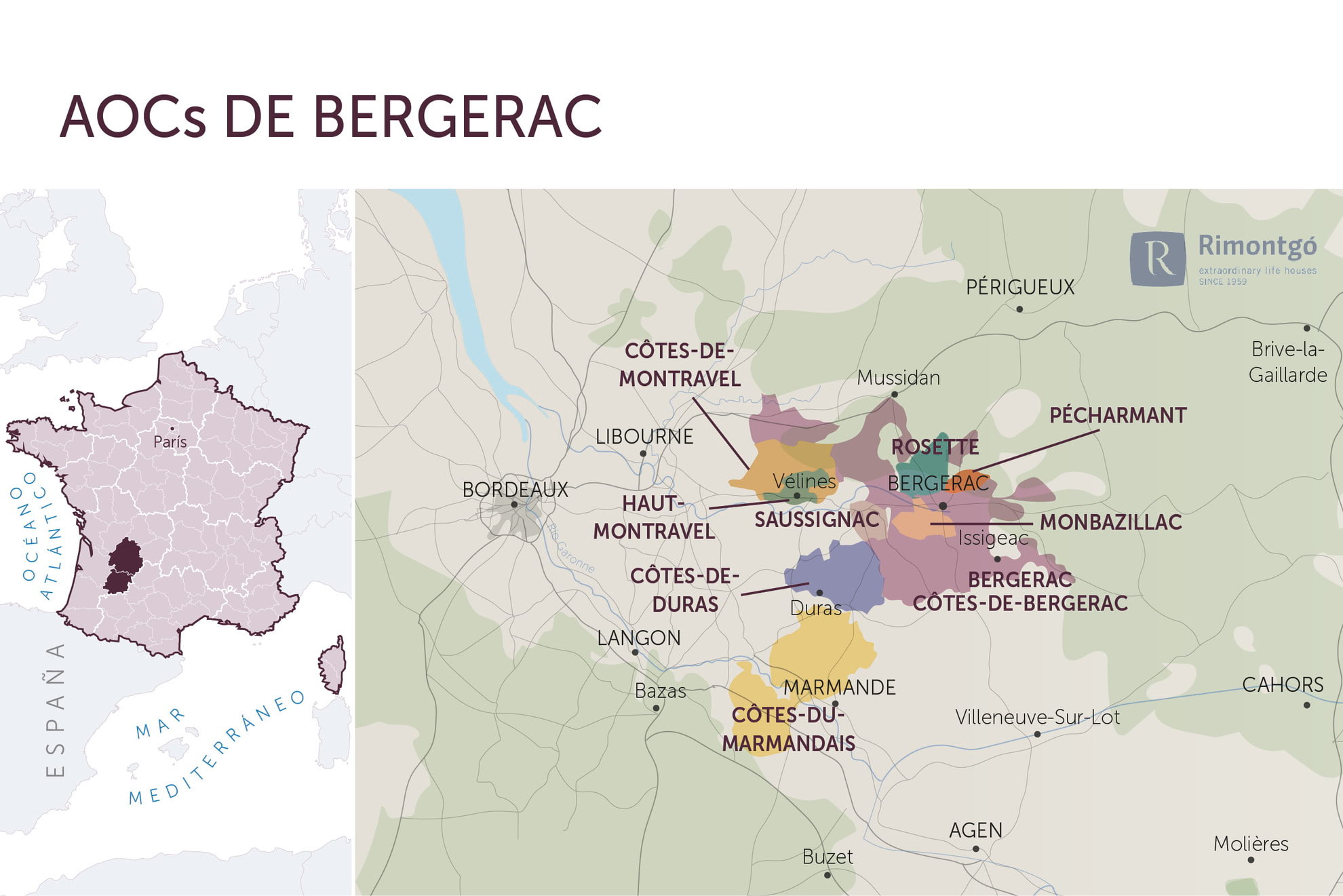
Change to imperial units (ft2, ac, °F)Change to international units (m2, h, °C)
AOC Bergerac
HISTORY
The vineyards of the South-West are more than 2,000 years old. If the culture of the vineyard was spread by the Romans about 2000 years ago, the success of the wines of the French Southwest has suffered from the influence of its neighbour Bordeaux who dominated the estuary of the Garonne river and therefore the expedition of its wines to the world.
The history of the Southwest wines is engraved in the course of the Garonne river, following its waters the Romans progressed westwards to conquer the Atlantic lands and in doing so spread the culture of the vineyard. After the conquest of Aquitaine by Crassus, Gaul sought to produce its own wine in order to free itself from the Roman wine merchants. Archaeological remains confirm the existence of vineyards in the Dordogne valley since ancient times. Thus, viticulture spread in the Périgord from the 1st century onwards, as witnessed by the Gallo-Roman wine-growing installations discovered in the villages of Montcaret and Allas Les Mines and especially the magnificent mosaic at Canet à Port-Sainte-Foy depicting a basket of sultanas. The first Roman wine merchant in Bergerac was called Philon according to the writings of the Roman poet Ausone who referred to the Roman villa of Montcaret.
Since the first century B.C. vines have been cultivated in Gaul and in the 2nd century the town was already considered a great centre for the production of pottery whose traceability can be found today in Spain as well as in Scotland. Although Rome tried to prevent competition from Gaulish wines by uprooting vineyards, it was not until 281 that the Emperor Probus gave the Gauls the freedom to plant vines. After the fall of the Roman Empire in 476, Christianity contributed to the success of the French vineyard throughout the Middle Ages.
In 768, Charlemagne inherited a peaceful province and came to the Périgord to establish an administration, thus the creation of the County of Périgord was declared in 795 with the Count of Widbod. In 1080, a Benedictine prior built the parish of Saint-Martin in Bergerac. Richly endowed with land and properly those of Mont-Bazailhac. In the 12th century, these monks built a chapel and planted vineyard all over the territory. Legend has it that they were responsible for the discovery of Botrytis Cinerea, which proves that Montbazillac was born before Sauternes. It is said that the monks of Saint-Martin were so busy with other tasks that they left the grapes in the vineyard unharvested and let the noble rot develop. Not wanting to lose the benefits of the grape harvest, they vivified what they picked and unwittingly discovered the benefits of oversaturation with the fungus that makes Monbazillac so special.
In the 11th century, the Count of Périgord built a castle in Bergerac on the right bank of the Dordogne river to control river traffic. Since 1209, the town of Bergerac has had a bridge over the Dordogne, the only one in the valley for centuries. Bergerac thus became the obligatory passage for trade in Aquitaine and an important stage on the pilgrimage route to Santiago de Compostela. The bridge will play a major role for the development of the vineyard in Bergerac making Bergerac an important river port.
Thanks to the region's rivers, the area's vineyards have been growing for centuries. The vineyards of Gascon send their production to the port of Bayonne thanks to the Adour river. Cahors does the same with the Lot river and Bergerac with the Dordogne river. However, it was the people of Bordeaux who managed to structure the port around the wine trade. And when Eleanor of Aquitaine married Henri Plantagentet in 1152, the situation changed dramatically. Aquitaine became English and the English adopted the eating habits and customs of the French princes, including the drinking of wine. The loss of Rouen in 1214 and then the surrender of La Rochelle ten years later favoured the Bordeaux vineyard and made it the main supplier of wine to England. Bordeaux built its wealth on the wine sector.
Bergerac, for its part, retained a separate status in the region. In 1254, the King of England and Duke of Aquitaine, Henri III, seeking to ensure Bergerac's loyalty, gave its inhabitants the right to organise themselves into a commune and the privilege of shipping their wines to the port of Libourne all year round, without the slightest hindrance from their Bordeaux competitors. Moreover, by special grace, they have recourse to the exemption from the payment of the wine tax which was applied to the importation of wines into England. As the only vineyard that could export its wines directly across the ocean without passing through Bordeaux and avoid paying taxes, this privileged situation would favour its development in the centuries to come. After the 100 years war which took its toll on Bergerac, once the Duke of Lancaster withdrew and the royal troops dominated Aquitaine, King François I in 1520 confirmed and reinforced the privileged dipositions of Bergerac wines in spite of the continuous complaints of the Bordelais, but the reality is that the wines are not exported to England as before.
Bergerac during the 16th century was an intellectual centre which opened the way for the Reformation to become a town of Huguenots and Calvinist preaching. It was one of the epicentres of Protestant strongholds as were La Rochelle, Cognac and Montauban. Henry IV established his staff in Bergerac and relied on a network of influential thinkers, humanists, politicians and military men. It was here that the foundations were laid for the Edict of Nantes in 1598 by King Henry IV, which would establish peace and give legal status to the Reformed Church. However, in 1685 King Louis XIV revoked the Edict of Nantes. The second historical period of Bergerac wines begins... It will be the link with the Protestants expatriated in Holland after the religious wars that will save the Protestants of Bergerac. On December 12th 1700, it is announced that the city of Bergerac converts to Catholicism, but at what a price! Many Protestants abandoned everything to save their faith and a large number of merchants, industrialists and craftsmen emigrated mainly to Holland, Germany and Switzerland. Three centuries of trade with Holland helped the Huguenots to emigrate, Bergerac wine being their passport. Once established, these emigrants would develop the sale of Bergerac wines throughout Northern Europe. The period from 1650 to 1750 saw the greatest development of late harvests and noble rotten wines. From the 17th century onwards, the Dutch, being great lovers of white and sweet wines, as well as eau-de-vie, ensured the prosperity of Monbazillac white wines and further south, the production of Armagnac developed.
In 1776, the free circulation of wine in the kingdom was established, which led to the disappearance of the Bergerac wine privileges. The fall in wine prices in 1778 provoked a great crisis before the French Revolution. Once again, the solution to these problems was to be found in Holland. It was the fashion for claret in Europe, a light red wine made from a blend of red and white grapes. Later the Dutch would be great lovers of strong and full-bodied red wines, black wines. So, the vineyards of Bergerac adapted to these tastes by planting varieties to make wines with high alcohol content and a lot of colour. Thus, the area north of Bergerac proved to be the most ideal for these powerful wines.
The development of these vineyards, however, was degraded in the 19th century by the phylloxera cataclysm from 1865 onwards. In the Dordogne, the number of vineyards fell from 107,000 ha to 2,180 ha. And only 10,000 ha were replanted, the rest being converted to other more prosperous crops for the modern world, which accelerated with the First World War. A deep crisis that led to the emergence of cooperatives in the region from the end of the 19th century onwards. A social movement on which the various appeals are based at the time of their creation, in 1936 the AOC Bergerac was created, and which are the origin of the current renewal of these vineyards today. If after 20 years, Gascogne wines are among the most exported wines in France (75% of the production is sold abroad), it is thanks to the dynamism of certain cooperatives.
Today, a new generation of independent winegrowers and winemakers, more focused on quality, are at the forefront of the renown of these wines from the South West.
SOILS
The soil constitution is dominated by clay and limestone. In the area of Montravel being a terroir contiguous to St. Emilion appears the "Mollasse de l'Agenais", a mixture of feldspar and micaceous sand, sometimes loamy, or soft sandstone and silty clay, very reorganized tertiary structures showing lean and gravelly slopes in the valley, limestone soils.
The heart of the area has Périgord sands and gravels generated by the transformation of the granitic rocks of the Massif Central with clay and iron in the subsoil.
CLIMATE
Of oceanic influence (100 km from the Atlantic) for the Montravel area, this zone is a climatic extension of Libournais and Saint Emilion. The rest of the area has a continental climate. Temperatures are mild on average with hot summers and short winters.
There is also the particular climate of Monbazillac with autumns under the action of morning mists which combined with the heat of the afternoon sun generate humidity and help the development of the fungus "Botrytis Cinerea".
WINERIES
Bergerac wineries: Château Tour des Gendres, Domaine de l'Ancienne Cure, Domaine Elian da Ros, Domaine les Verdots, Châteaux Tirecul La Gravière, Château Moulin Caresse, Domaine les Chemins d'Orient, Château Jonc-Blanc, Château Monestier la Tour.
Discover more wineries and vineyards for sale in these wine regions in France
Subscribe to our mailing list to receive news about wineries and vineyards.

